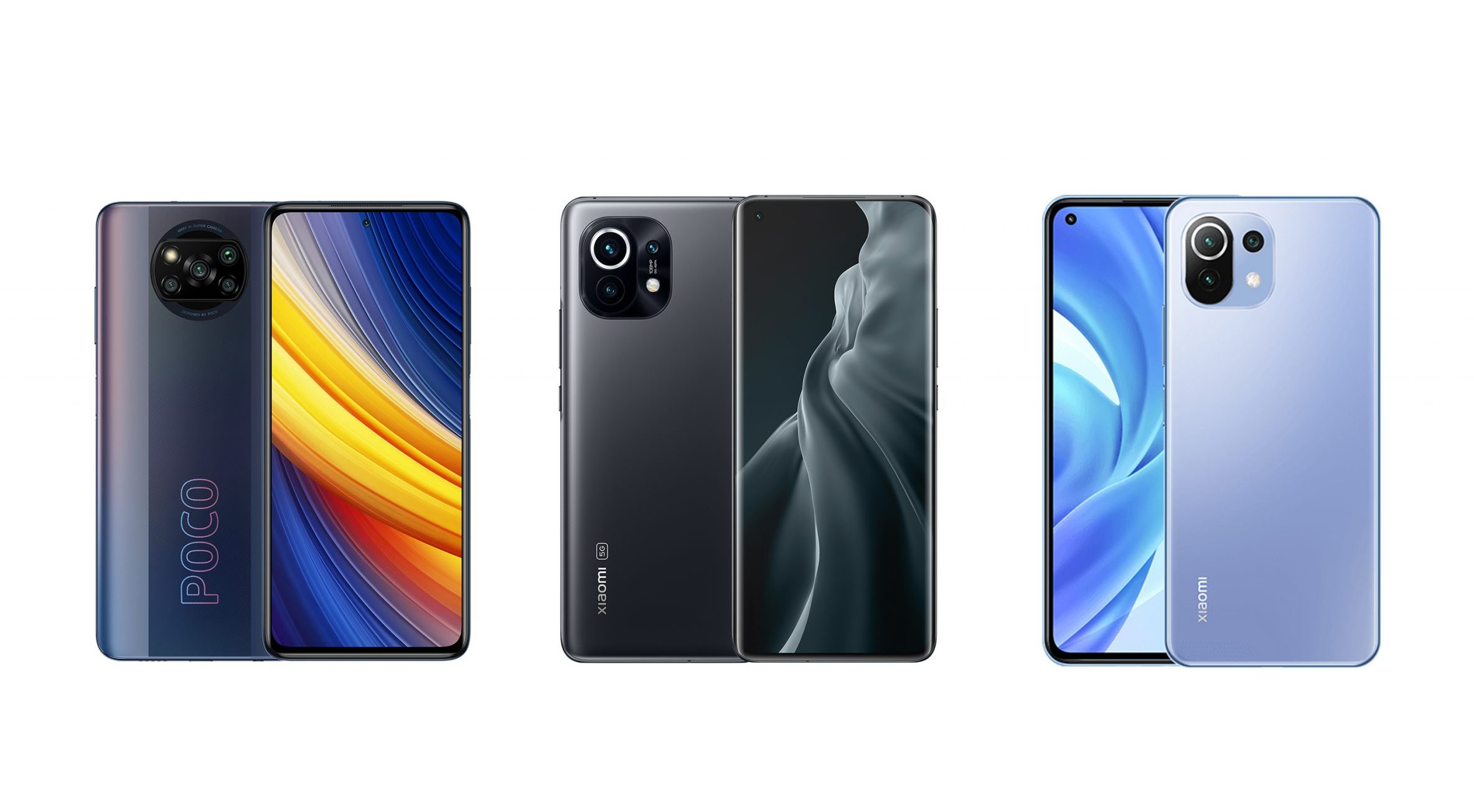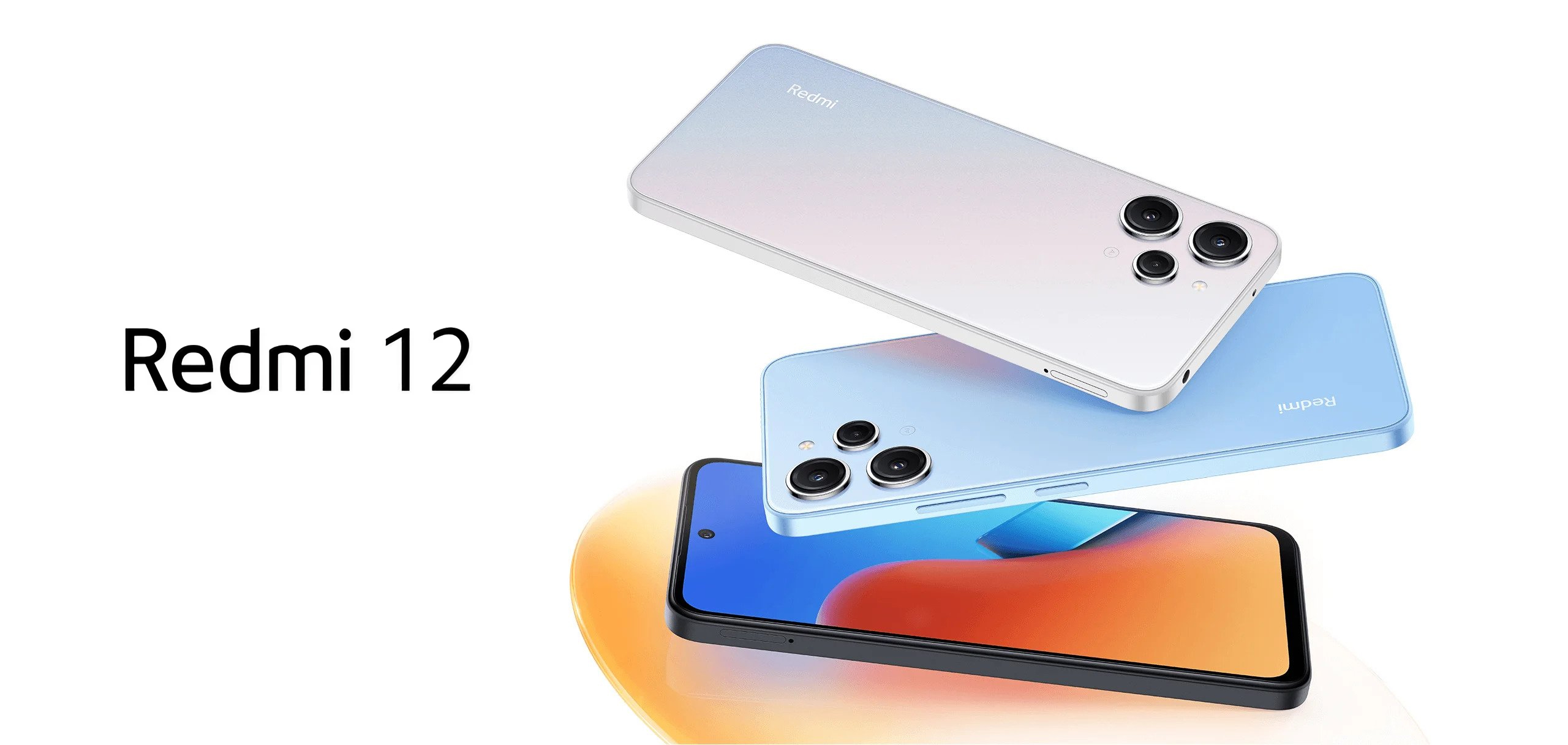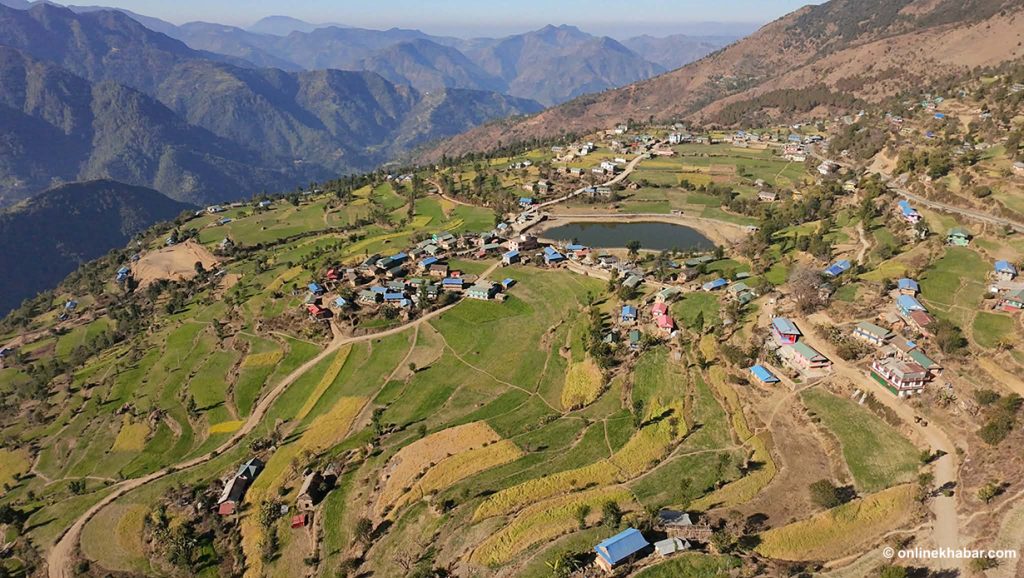Mi phones have gained huge popularity in Nepal over the years. The brand has got one of the largest user segments of smartphones in Nepal. Focusing on the mid-range smartphone users, it provides convenient features to the users and there are very few who can compete against them in this category.
Even a brand like Samsung has a hard time competing with Mi phones in this category. Though their build quality has always been questioned, the Mi phones provide more than they actually should considering the price rate.
Today, we are providing you with the updated price list of Mi phones in Nepal as of August 2021.
Plus, we will explain in detail the four best Mi phones of our choice.
Price list
| Models | Price |
| Mi 11 | Rs 89,999 (8+256GB) |
| Mi 11X Pro | Rs 64,999 (8+128GB) Rs 67,999 (8+256GB) |
| Mi 11 Lite 5G | Rs 45,999 (8+128GB) Rs 48,999 (8+256GB) |
| Mi 11 Lite | Rs 34,999 (6+128GB) |
| Poco F3 GT | Rs 56,999 (8+256GB) |
| Poco F3 | Rs 46,999 (6+128GB) Rs 51,999 (8+256GB) |
| Poco X3 NFC | Rs 31,999 (6+128GB) |
| Poco X3 Pro | Rs 31,999 (6+128GB) Rs 34,999 (8+128GB) Rs 36,999 (8+256GB) |
| Poco X3 | Rs 29,999 |
| Poco M3 | Rs 18,999 (4+64GB) Rs 19,999 (4+128GB) |
| Poco C3 | Rs 13,999 |
| Redmi Note 10 Pro | Rs 29,999 (6+64GB) Rs 33,999 (6+128GB) Rs 36,999 (8+128GB) |
| Redmi Note 10S | Rs 24,999 (6+64GB) Rs 26,999 (6+128GB) |
| Redmi Note 10 | Rs 21,999 (4GB+64GB) Rs 22,999 (4GB+128GB) Rs 24,999 (6GB+128GB) |
| Redmi 10 Prime | Rs 20,999 (4+128GB) Rs 23,999 (6+128GB) |
| Redmi Note 9 Pro (Note 9S) | Rs 26,999 (4+128GB) Rs 29,999 (6+128GB) |
| Redmi Note 9 | Rs 19,999 (4+64GB) Rs 22,999 (4+128GB) Rs 24,999 (6+128GB) |
| Redmi 9T | Rs 18,999 (4+64GB) Rs 20,999 (4+128GB) |
| Redmi 9 (Prime) | Rs 16,999 (3+32GB) Rs 17,999 (4+64GB) |
| Redmi 9C | Rs 12,999 (2+32GB) Rs 14,999 (3+64GB) |
Best Mi phones to buy in August 2021
1. Mi 11
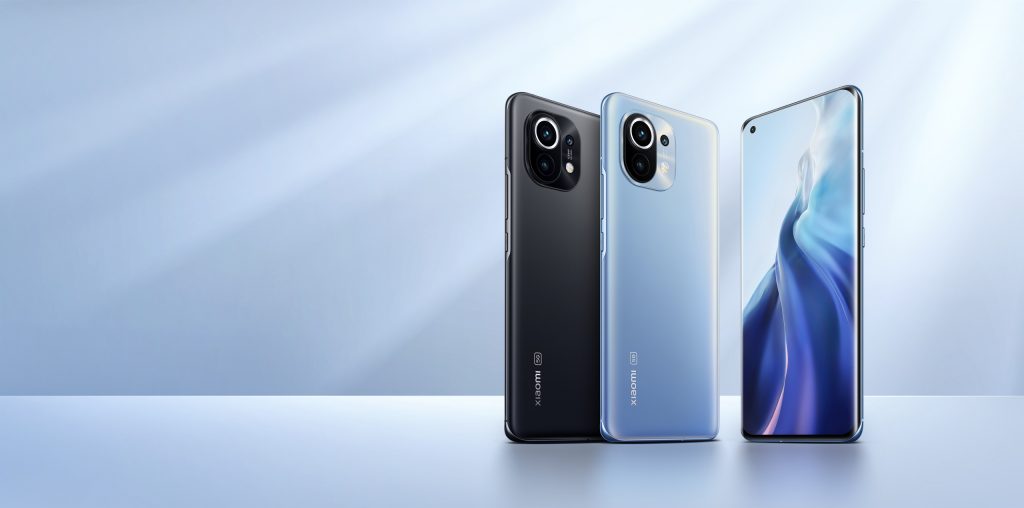
Mi 11 is a flagship of Mi phones in Nepal. It is also considered one of the high-end smartphones in Nepal. This is a feature-galore phone that comes with a massive “WQHD+ 6.81” AMOLED DotDisplay with a resolution of 1440*3200 pixels and a refresh rate of 120Hz. The phone has a glass, back and front, with an aluminium frame and the display is protected by Corning Gorilla Glass Victus. Mi 11 runs on Android 11 with MIUI 12.5 on top.
The phone has the Qualcomm Snapdragon 888 chipset while the graphics are handled by Adreno 660. Talking about the camera, Mi has marketed this model’s camera as a studio-level camera and this probably is one of the best camera phones in the market right now. It has a triple camera setup on the back. The primary is a 108MP camera that is accompanied by a 13MP ultrawide and a 5MP macro camera. Both 8K and 4K videos can be taken with these cameras. The front-facing is a 20MP selfie camera.
The phone is powered by a 4600 mAh non-removable battery which supports 55W fast-charging, 50W fast wireless charging, and 10W reverse wireless charging. The phone does not have a 3.5mm headphone jack for audio and is not IP-certified as well.
2. Poco X3 Pro
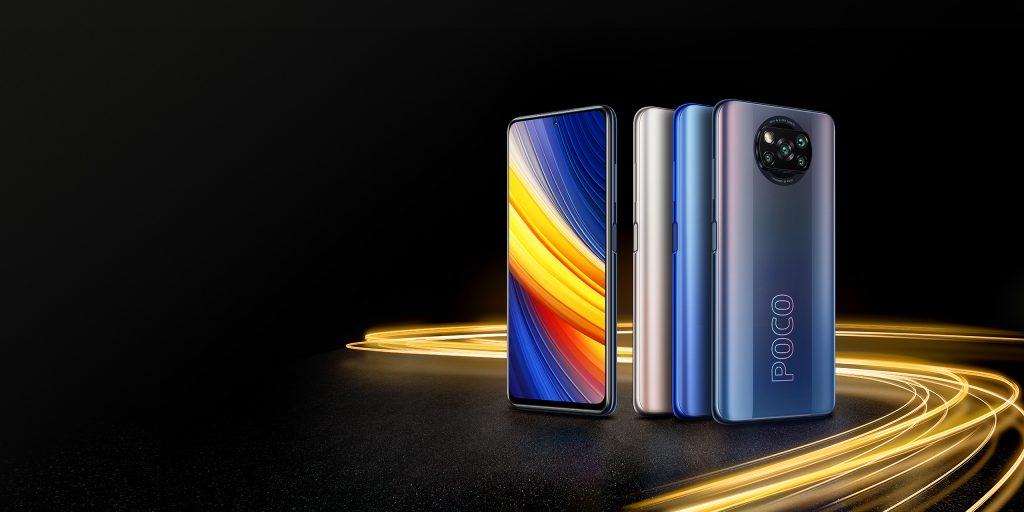
Poco has always been people’s favourite flagship killer Mi phone in Nepal. The release of the Poco X3 Pro has only heightened its popularity as it is among the best mid-range smartphones in Nepal. Protected by Corning Gorilla Glass 6, the phone has a 6.67-inch FHD+ DotDisplay with a 120Hz refresh rate and a touch sampling rate of 240Hz.
Poco X3 Pro is the first device to debut with the Snapdragon 860 chipset and is equipped with LiquidCool Technology 1.0 Plus for efficient cooling while gaming and performing heavy tasks. Poco X3 Pro has a quad-camera setup with a 48MP primary, an 8MP ultra-wide, and two 2MP lenses for depth and macro shots. On the front, it houses a 20MP selfie camera in a punch hole.
This phone is powered by a 5160mAh battery which supports 33W fast-charging via the USB Type-C port. The company claims the power is enough for 11 hours of gaming and 18 hours of video playback time.
3. Mi 11 Lite
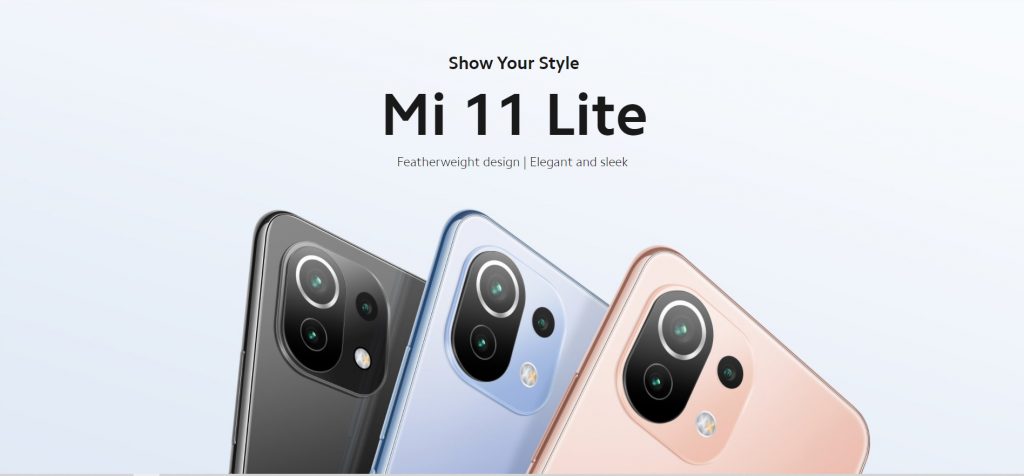
Mi 11 Lite is a mini version of its flagship Mi 11. This is the latest release of the Mi phone in Nepal. Mi 11 Lite features a 6.55-inch FHD+ AMOLED display that has a refresh rate of 90Hz while a touch sampling rate of whooping 240Hz. The display of this phone is protected by Corning Gorilla Glass 5.
The camera module on the back looks similar to the flagship Mi 11, flaunting a triple camera setup at the back. The 64MP primary camera uses a 6P lens with an f/1.79 aperture. Accompanying it is an 8MP sensor with a 119º field of view. And, a 5MP sensor that has a telemacro lens. It can focus on objects between 3 and 7cm distance. The camera can record videos in 4K, but only up to 30fps. On the front, there is a 16MP selfie camera with an f/2.2 aperture that can record videos only up to 1080p/
Mi 11 Lite runs on Android 11 with MIUI 12 on top and is powered by Octa-Core Qualcomm Snapdragon 732G. The phone gets its power from a moderate 4,250mAh non-removable battery, which supports 33W fast charging. It has a side-mounted fingerprint scanner. Connectivity options include WiFi 5, Bluetooth 5.1, and 4G connection.
4. Redmi Note 10S
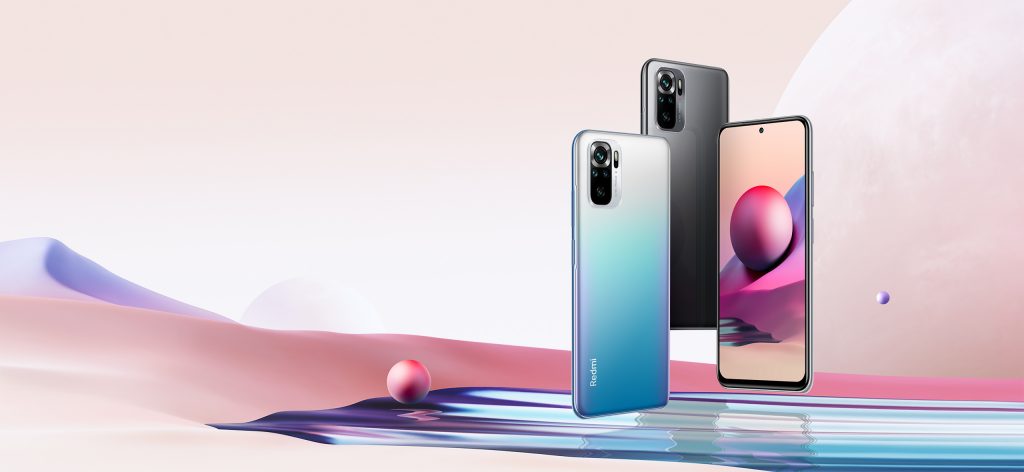
Redmi Note 10S is the first Mi phone to come with MIUI 12.5 (interim) out-of-the-box, which is the cleanest MIUI experience to date. It sports a 6.43-inch full HD+ super AMOLED display with 1,100-nit brightness and a 360-degree ambient light sensor that detects the ambient light more accurately to automatically adjust the brightness of the screen making for a comfortable viewing experience.
Redmi Note 10S comes with a quad-camera setup that features a 64MP primary camera, 8MP ultra-wide lens, 2MP macro camera with 2x zoom capabilities, and a 2MP depth sensor with a 118° field of view. Likewise, it features a 13MP front in-display camera for quality selfies.
Redmi Note 10S is powered by a MediaTek Helios G95 chipset that is designed for the ultimate gaming experience. The latest version of MIUI 12.5 focuses on enhancing the overall user experience and will be cleaner, faster, and simply more efficient at doing things. Redmi Note 10S sports a massive 5000mAh battery with a 33W fast charger in the box. It lets you charge 0-100% in around 78 minutes and up to 54% in just 30 minutes.



